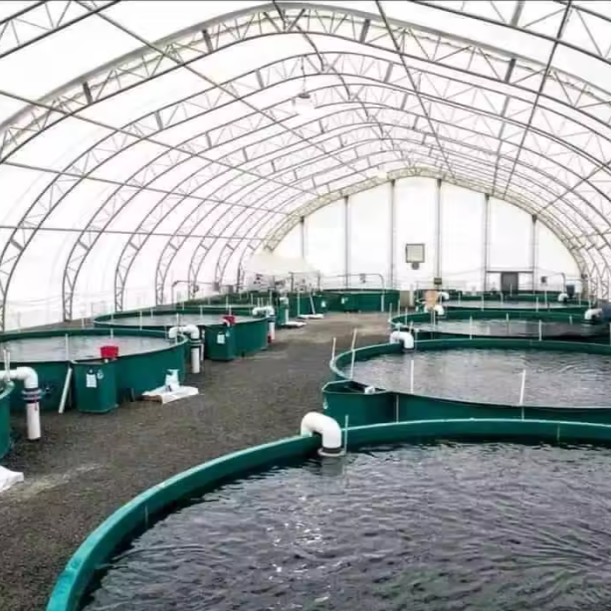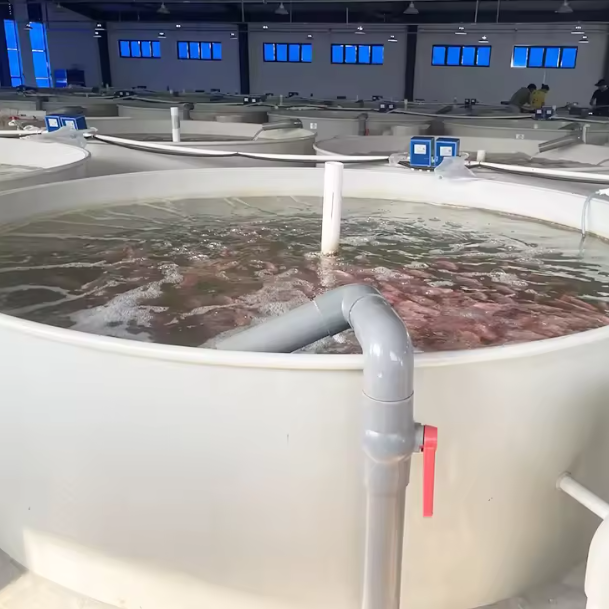Think “seafood,” and you probably picture the ocean. But a quiet shift is happening, changing where our fish comes from. Thanks to Recirculating Aquaculture Systems (RAS), we’re now growing fish inland – near cities, and even in deserts. This isn’t just a new way to farm; it’s reimagining our entire seafood supply chain.

Location, Location, Location: Farming Fish Anywhere
Old-school fish farming needs plenty of clean water and a good coastline. Land-based RAS changes all that. Its superpower is flexibility – we can set up a fish farm just about anywhere.
Protein in the City: Imagine a fish farm in a repurposed warehouse in Beijing or Chicago. That’s the idea. Instead of relying on fish shipped from afar, these urban farms provide a local source of fresh seafood for city dwellers.
Seafood from the Sand: In dry places like the Middle East, RAS is working wonders. The system recycles over 99% of its water, making it possible to farm fish sustainably in the desert and offer new hope for local food production.
Hyper-Local for Big Cities: For massive cities, having a RAS farm nearby is a game-changer. It means ultra-fresh fish can be delivered to high-end restaurants and supermarkets in hours, not days.

The “Local Catch” Advantage: Fresher, Greener, More Reliable
When fish are grown near where they’re eaten, the whole system gets better.
Unbeatable Freshness: Forget about fish that’s been on a plane or truck for days. Local RAS fish can go from farm to plate in the same day. The taste? It’s a world of difference.
Lighter on Your Wallet and the Planet: Long-distance shipping is expensive and has a big carbon footprint. By cutting out most of the travel, local RAS saves on costs and is a much greener choice.
Steady Supply, Year-Round: Unlike ocean fishing or outdoor ponds, the weather doesn’t matter in a RAS facility. It’s a controlled environment that produces consistent, high-quality fish all year long, no matter the season.
So, land-based RAS is more than just a tech upgrade. It’s a smarter way to produce food, bringing fish farming closer to home. By shortening the distance to your plate, it’s making seafood fresher, more sustainable, and reliably available for the future. It’s a win for our taste buds and for our planet.


